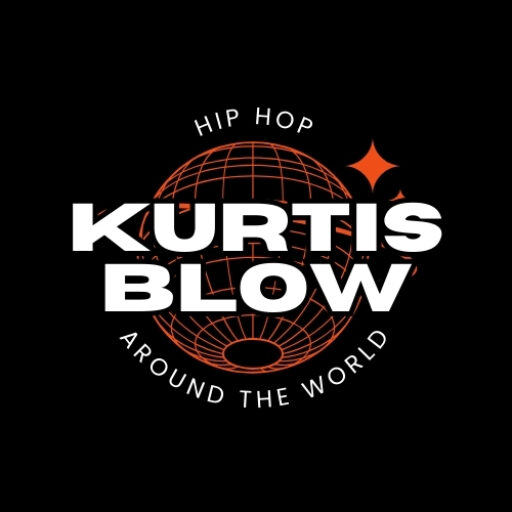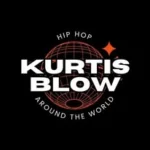The voice of a generation
"Hip Hop is not just music; it’s a way of life"
“Hip Hop is a language, a fashion, a resistance, and a movement that gives voice to the unheard.”
“Hip Hop is thee dominant youth culture in the world right now.”
“Learn the story of Hip Hop from one of the legends who helped create it — Kurtis Blow.”
“To me, that’s the biggest problem with hip-hop today is the fact that everyone believes that all of hip-hop is rap music, and that, when you say ‘hip-hop,’ it’s synonymous with rap. That when you say ‘hip-hop,’ you should be thinking about breakdancing, graffiti art, or MCing — which is the proper name for rap — DJing, beat-boxing, language, fashion, knowledge, trade.”
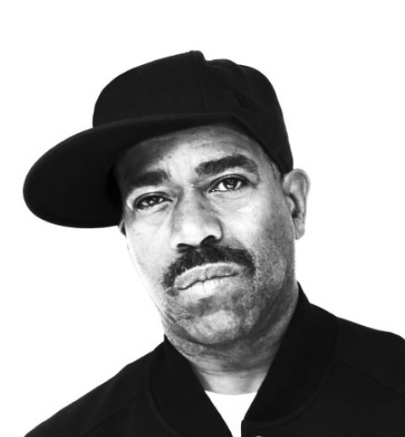
Kurtis Blow Walker
Hip Hop legend and influencer
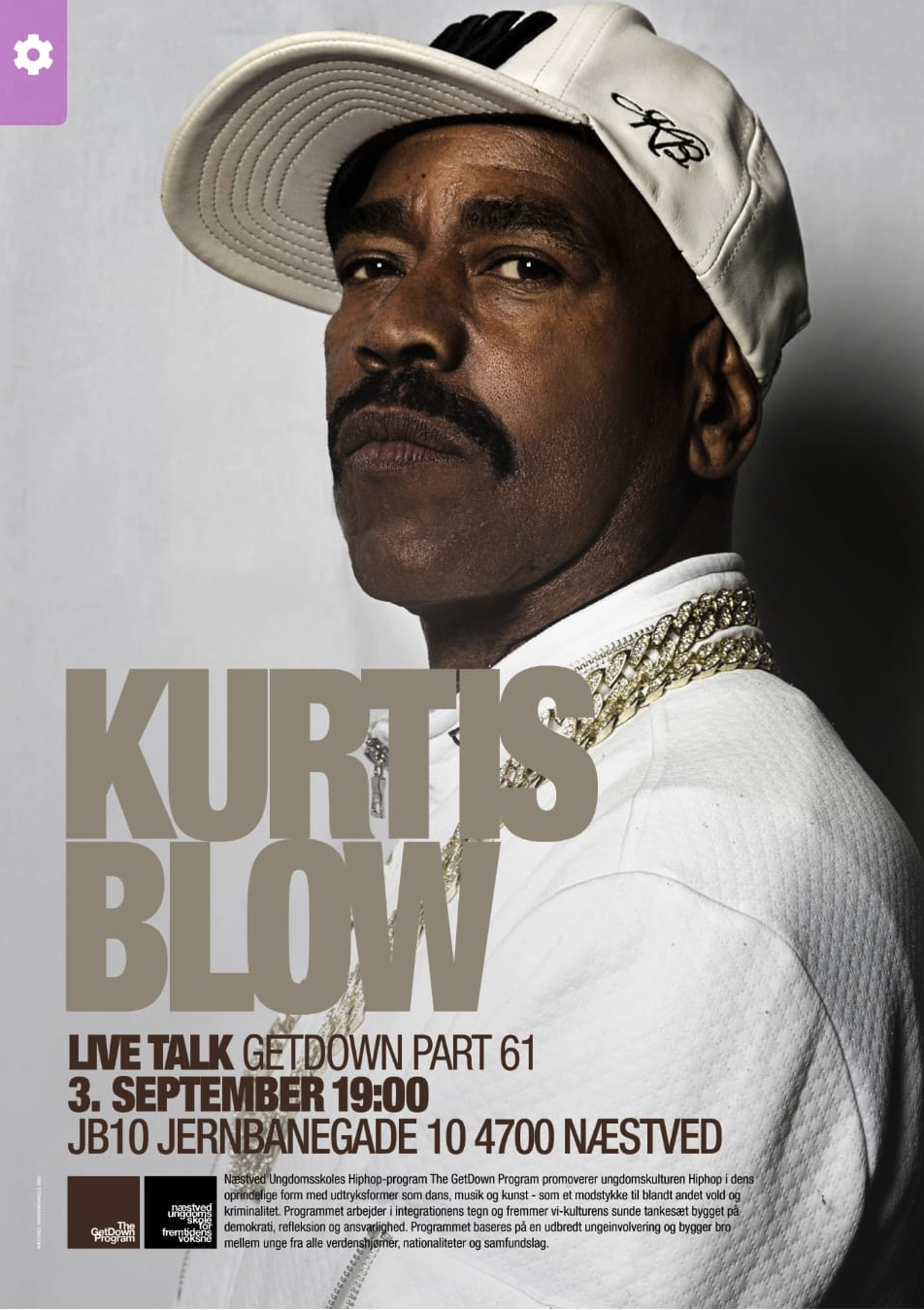

“Hip Hop is the streets. Hip Hop is a couple of turntables, and a microphone.”
-
“Hip Hop is not just a mirror of reality, but a way to change it.”
Street Art & Information
Street art, especially graffiti, has been one of the four core elements of Hip Hop culture since its birth in the Bronx during the 1970s. What began as simple tags on subway cars and city walls soon evolved into elaborate pieces and murals that expressed identity, pride, and resistance.
For young people from marginalized communities, graffiti became a way to be seen in a society that often ignored them, transforming public spaces into vibrant canvases. Just as DJs remixed music and MCs remixed language, graffiti artists remixed the visual environment, giving Hip Hop its bold, visual voice.
Over time, pioneers like Dondi White, Lady Pink, and Fab 5 Freddy helped push graffiti from the streets into galleries, while still carrying its roots of rebellion and creativity. Today, street art remains a global force, continuing Hip Hop’s legacy of self-expression, resistance, and community.
B-Boy & Contemporary Dance
B-Boying, often called breakdancing, emerged in the early 1970s as one of the foundational elements of Hip Hop culture. Rooted in the Bronx, it combined acrobatic footwork, power moves, freezes, and rhythm-driven expression that mirrored the energy of the streets and the beats of the DJs. For the early B-Boys and B-Girls, the dance was more than just performance — it was a form of competition, creativity, and community pride.
In the contemporary era, breakdancing has grown into a global art form, practiced by dancers in every corner of the world and fused with other modern styles like hip hop choreography, street jazz, and even contemporary dance. Once underground, it is now celebrated on the biggest stages, from international competitions such as the Red Bull BC One to its upcoming debut as an Olympic sport.
Despite this mainstream recognition, B-Boying continues to carry its original spirit of resistance, individuality, and innovation, bridging the raw energy of its Hip Hop roots with today’s global dance culture.
Networking & Youth Media
Networking and youth media have always been central to the growth and influence of Hip Hop culture. From the early days, DJs, MCs, graffiti artists, and B-Boys relied on word-of-mouth, block parties, and local radio to share music, dance, and ideas.
These informal networks allowed young people to connect, collaborate, and build communities across neighborhoods, often bypassing mainstream channels that ignored their voices. Today, youth media has expanded to digital platforms like YouTube, Instagram, TikTok, and podcasts, giving Hip Hop artists and creators unprecedented access to global audiences. Social media allows young people to showcase their skills, remix music, display street art, and share their personal stories, creating new networks of influence and mentorship.
Through these channels, Hip Hop continues to be a tool for self-expression, empowerment, and social engagement, fostering a new generation of youth leaders and cultural innovators.
Music production & Performance
Music production and performance are at the heart of Hip Hop culture, serving as both a creative outlet and a way to connect with the community. Learning to produce music involves understanding beats, rhythm, sampling, and mixing, while performance focuses on MCing, stage presence, and audience engagement.
Teaching these elements within a community or in front of peers allows young people to develop technical skills, artistic expression, and confidence, while also sharing their personal stories and cultural perspectives. Through workshops, cyphers, and live shows, participants not only practice their craft but also build networks, collaborate creatively, and inspire one another.
This hands-on approach keeps the tradition of Hip Hop alive, empowering the next generation to innovate while honoring the roots of DJing, rapping, and live performance.
Our program is a 24/7 lifestyle approach
What began as simple tags on subway cars and city walls soon evolved into elaborate pieces and murals that expressed identity, pride, and resistance. For young people from marginalized communities, graffiti became a way to be seen in a society that often ignored them, transforming public spaces into vibrant canvases.
Music Production & Registry
Music production and registry are essential components of building a professional and sustainable presence in Hip Hop culture. Learning music production teaches participants how to create beats, mix tracks, write lyrics, and perform with confidence, giving them the tools to express their creativity and tell their stories.
Monthly Educational System
This system fosters collaboration, cultural exchange, and personal growth, while exposing young people to high-quality educational practices. Regular monthly activities also help strengthen networks, encourage peer learning, and maintain motivation, ensuring that participants remain engaged and supported throughout the year.
Healthy Lifestyle
Maintaining a healthy lifestyle is essential for personal growth, professional success, and long-term well-being. In creative fields like Hip Hop, staying physically and mentally strong allows artists to perform at their best, sustain long hours of practice, and remain focused on their goals.
Media & Communication
In Hip Hop culture, whether it’s promoting music, showcasing street art, or highlighting B-Boy performances, effective media use ensures that your work reaches the right people and has a lasting impact.
Annual Scheduled Activities
By planning events, workshops, showcases, and competitions throughout the year, participants know what to expect and can prepare accordingly, which increases engagement and skill development.
Peer 2 Peer networking
You can’t fully develop your skills or influence if you keep your connections to yourself — sharing your network with others opens doors for collaboration, mentorship, and new opportunities.
Hip Hop is more than just music!
Hip Hop is more than just music; it is a way of life that encompasses expression, creativity, and community, as emphasized by pioneers like KRS-One.
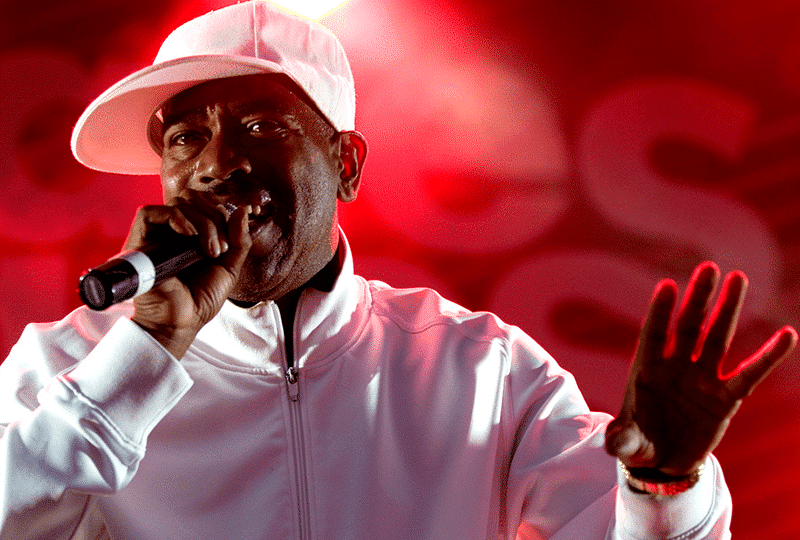
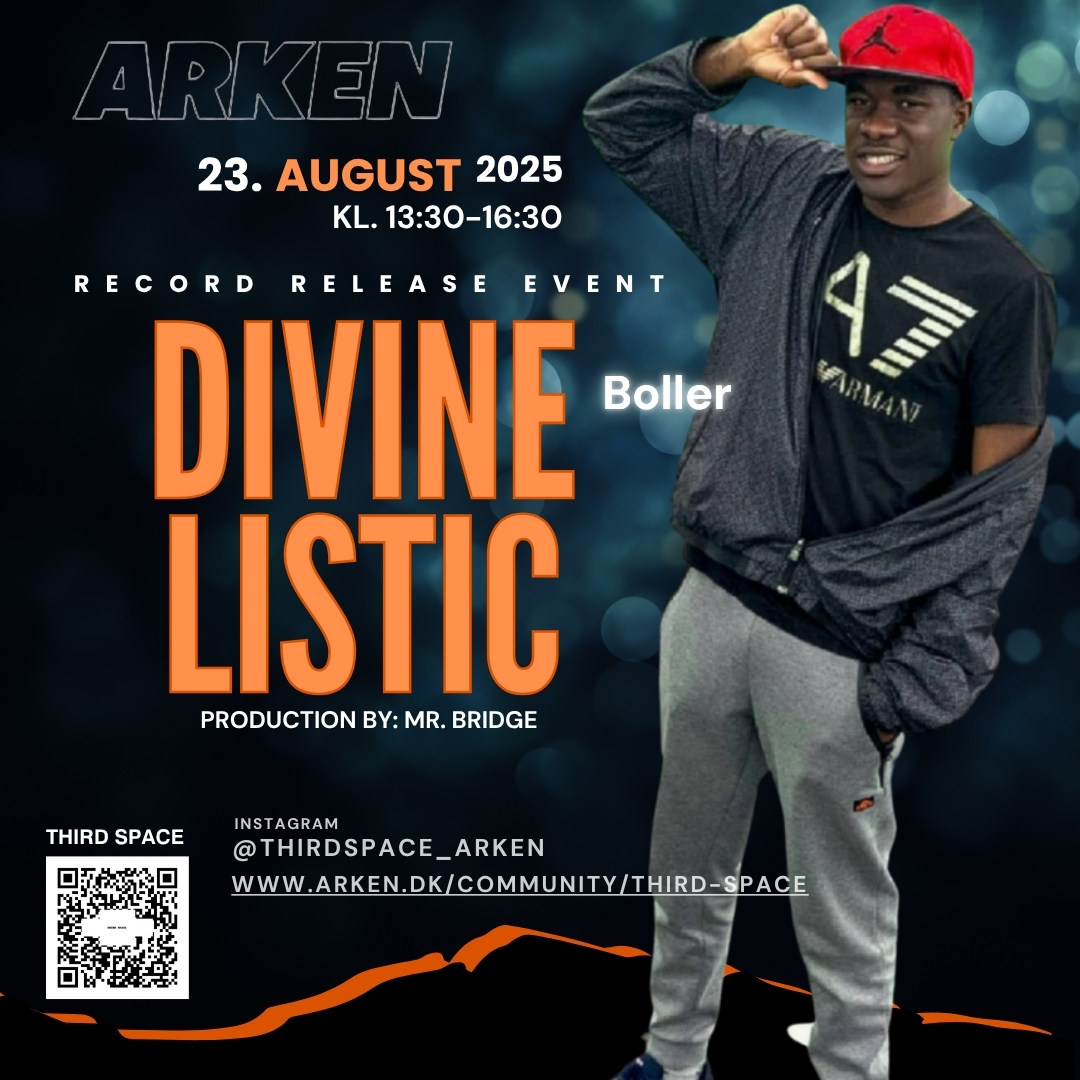
Europe: MC Solaar, Stormzy, Die Fantastischen Vier, IAM, Skepta
Latin America: Residente, Vico C, Control Machete, Ana Tijoux
Suspekt, Gilli, L.O.C., Jokeren, Marwan, Noah Carter, Sivas, MellemFingaMuzik, Shaka Loveless, and Troo.L.S. Sweden has produced major figures such as Einár, Yasin, Silvana Imam, Adam Tensta, Cleo, Dree Low, Jireel, Hoosam, Bladee, and Greekazo,
This list highlights the diversity and richness of the Scandinavian Hip Hop scene.
Africa: Mafikizolo, Kiff No Beat, Sarkodie, Nasty C
Africa: Mafikizolo, Kiff No Beat, Sarkodie, Nasty C
Latin America: Residente, Vico C, Control Machete, Ana Tijoux
Suspekt, Gilli, L.O.C., Jokeren, Marwan, Noah Carter, Sivas, MellemFingaMuzik, Shaka Loveless, and Troo.L.S. Sweden has produced major figures such as Einár, Yasin, Silvana Imam, Adam Tensta, Cleo, Dree Low, Jireel, Hoosam, Bladee, and Greekazo,



